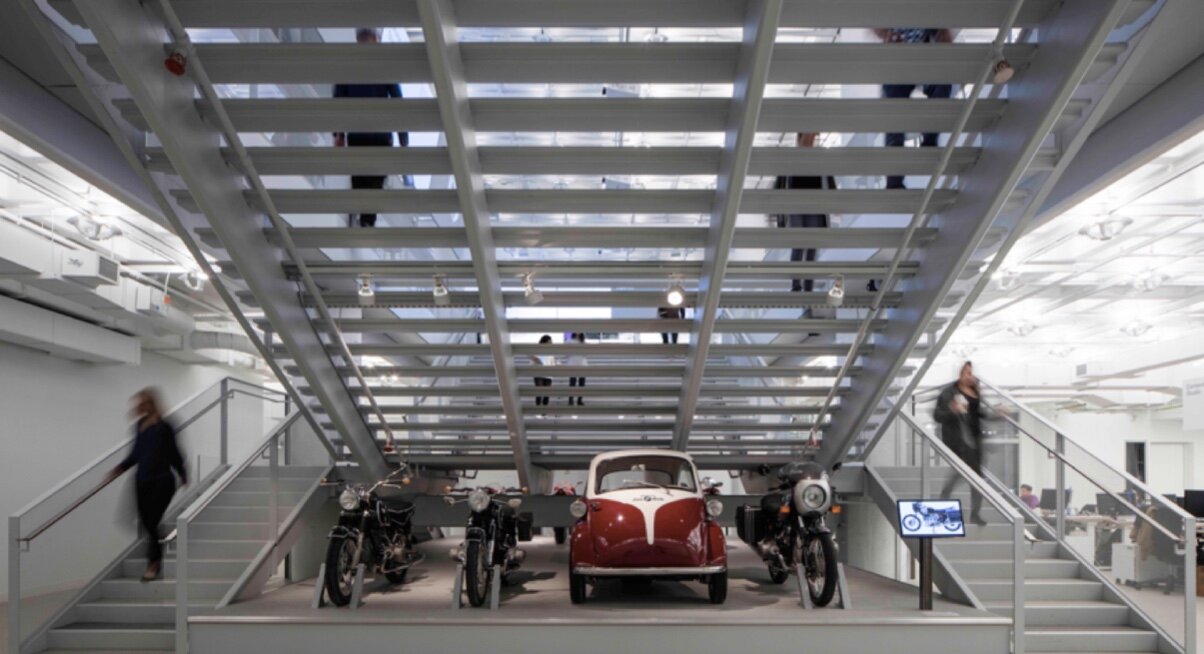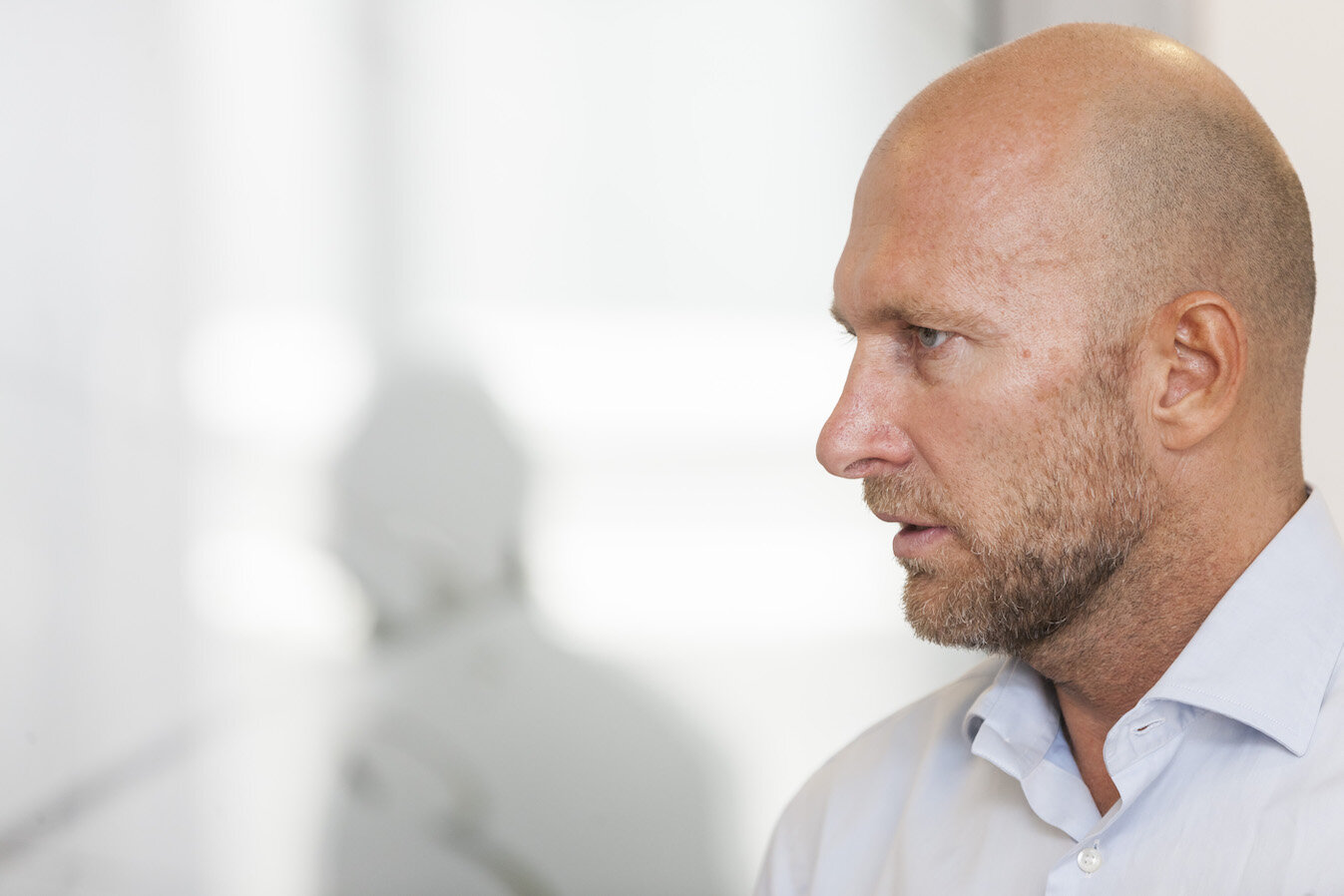The brief: our future office
How will this period of working from home affect where we locate in the future? We’ve been checking out what the experts and commentators are saying.
City centre offices are a waste of both space and money says one ‘expert’. Locked down workers can’t wait to get back to the office hails another.
As debate rages about the shape of working life post pandemic, we’ve been reading the following opinions from across the world.
Our interest was first piqued by this article on Sifted, the European start-up news site. Ostensibly about a number of early-stage proptech businesses, the writer makes some sweeping statements about the future shape of work and concludes that “in the future every building could become a co-working space”.
Ironically perhaps, others see the current crisis as calling time on the very idea of these often tightly packed open-plan offices. (Sounds like Adam Neumann, founder of WeWork, was prescient in being ousted with a $1.7 billion deal late last year.) Fortune magazine, for example, takes a look at the future of co-working spaces and social clubs like Soho House.
Over at The Washington Post they have taken their usual exhaustive look at the subject. The list of possible measures to protect staff apparently ranges from infra-red temperature checks (Goldman Sachs) to colour-coded carpet tiles to create individual socially distanced office spaces (Cushman & Wakefield). Sounds expensive.
A less obviously tragic victim of the health crisis could be the culture within a workplace, which in the creative industries often plays a vital role in differentiating companies. If more people are to remain working at home in the future, how will the sense of working somewhere unique be maintained?
Currently that culture is often most obviously represented for visitors and staff in the physical design of an agency’s front-of-house space. Ambitious projects such as the Foster & Partners designed R/GA office in New York (above), where founder Bob Greenberg has assembled a very personal collection to complement the building’s impressive volumes, are as much a statement of intent as anything else.
These ‘statement spaces’ can be less grandiose, however, as in the eclectic un-designed Weiden & Kennedy London’s reception area (below). Located in fashionable East London, W+K is often mistaken for a bric-a-brac shop by confused locals and tourists.
Increasingly though, the redevelopment of central business districts such as Tokyo’s (bottom) means that even creative shops are housed in large, anonymous towers. Will staff really want to return here? Will companies continue to feel the costs are worth it?
In Forbes, Adi Gaskill asks ‘Will we return to the office after Covid-19’ and quotes Mark Smith, Dean of Faculty at the Grenoble Ecole de Management, as saying: "An important part of the way an organisation works is its culture and the norms of how people work together. The Covid crisis has placed greater emphasis on trusting our colleagues and perhaps providing some with new levels of autonomy that some traditional managers were resisting (i.e. limits on teleworking). At the same time the norms and rituals that create and underpin an organisational culture are challenged – for example integrating new colleagues and socialising them to the organisation.”
For us, this gets closer to the heart of the issue, but doesn’t go so far as to offer up a likely outcome. How will interns and young creatives develop their skills without close involvement physically within a creative environment and within teams? Looking almost literally over the shoulder of a creative director as he or she works is surely not a thing of the past.
We are great fans of Fast Company, but the article ’5 Changes to expect in the workplace after Covid-19’ by a partner in a global change-management consultancy may reflect a little too much self-interest on the part of the writer.
The opening paragraph sets the tone. “As a result of the coronavirus, the workplace will never be the same. Even the word ‘workplace’ suddenly seems obsolete, as the physical location in which we now work has merged with the places in which we eat, sleep, learn, exercise, and play.” This is true as we write, but will it remain so when people are able once again to gather in offices and interact, collaborate and create as they did before?
There are, of course, many jobs that can be done remotely with little or no effect on the quality of output, but questions remain about how successfully creative teams will break new ground or challenge norms via those often awkward, time-lag prone Zoom meetings.
As much as we might lament the possible demise of physically working closely within a team – how many marriages do you know that developed from a connection at work? – there will undoubtedly be changes to how we build the offices of the future, even the cities of the future.
As usual, The Guardian is quick to brief us on the possibilities. This excellent article by Oliver Wainwright may not have all the solutions for the creative industries, but it does give a fascinating insight into how architects, planners and designers are beginning to think. If calling a lift via your smartphone is going to be the new normal, we can’t wait.
Cresta has introduced the Creative Business Awards specifically to recognise the Culture, Workplace and Activism of companies in the industry. These awards are free-to-enter when you make any paid-for entry.













